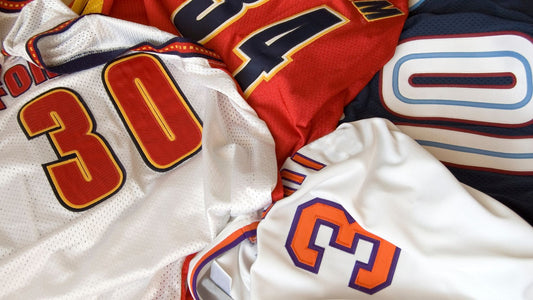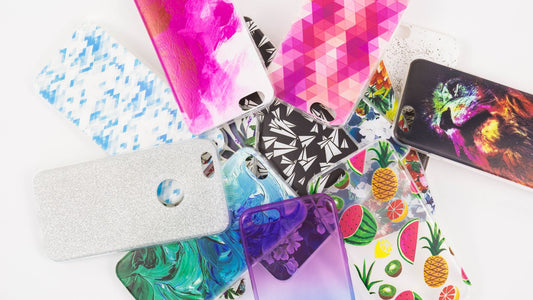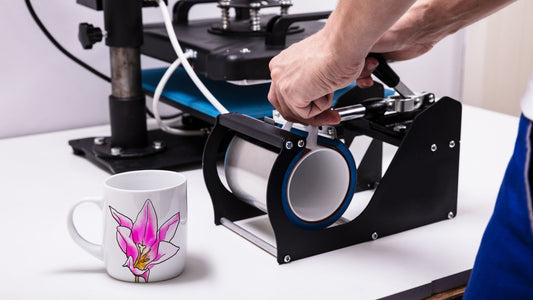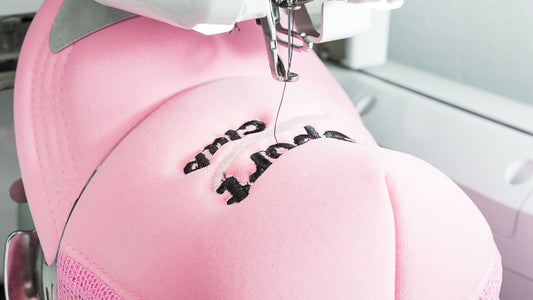
T-shirt Size Breakdowns: How Many T-Shirts to Order in Each Size
So, you are in need of a bulk order of custom t-shirts. Maybe it’s for a work conference or a charitable fundraising event. All participants will be receiving branded apparel, so you’ll need to print company logos on a large supply of t-shirts. Or, maybe your fashion brand that is coming out with a new clothing line and needs their branding printed on all their apparel. You have no idea how many people will attend the event, but can only guess based on previous years’ turnout.
How many t-shirts do you print of each size?
Do you overestimate just to be safe and make sure you have everyone covered? What if there are too many extras in each size? That would be a lot of waste for a custom designed product that you know cannot be reused or resold.
Or do you opt for a more conservative estimate to make sure you aren’t left with a bunch of unclaimed t-shirts? The problem here is you may not have enough for everyone, or you may end up with the right number of shirts in the wrong sizes. These kinds of errors that unintentionally exclude certain team members or participants for your event can look bad for business.
Luckily, these issues can be avoided through some sound guidelines based on statistics and involve a little bit of math. Let’s crunch the numbers so you can print sensibly for your wholesale t-shirt order.
The most common T-shirt sizes purchased in the U.S.
Based on statistics in the United States, the most commonly purchased t-shirt size is ‘large’, constituting roughly one-third of all shirt sales. The following chart shows approximate distributions of all t-shirt sizes that are purchased in the U.S.:
|
T-shirt size |
Percentage of Population |
|
XS |
1% |
|
S |
7-10% |
|
M |
25-28% |
|
L |
30% |
|
XL |
20-23% |
|
2XL |
9-12% |
|
3XL |
2% |
According to this chart, a large portion of your order should include large and medium sized t-shirts, but it’s important to remember to include those options for XS and 3XL, even though they are relatively rare and constitute only a small percentage of the entire population.
How to calculate sizes for your T-shirt order
To determine the exact numbers of custom t-shirt sizes to design in each size, all you have to do is multiply the total number of shirts in your order by each percentage point. For example, to calculate how many small-sized t-shirts you will need, if you’re providing 80 company t-shirts, multiply 80 by 0.1 (or 10%), for a total of 8 small-sized t-shirts.
Simple! Ok, not really. As with everything, there are a bunch of other factors that you will want to consider before you get printing. These include:
- What is the t-shirt material you are using for your wholesale order? If it’s 100% cotton, err on the larger size, because these will shrink in the wash. If it’s 50% cotton or polyester, you won’t need to worry so much about shrinkage.
- What is the general ‘fit’ of the t-shirts you’re providing? These can range from slim or fashion fit, to standard fit, or somewhere in-between (semi-fitted).
- What kind of event is the order for? Consider this point in relation to #2 above. If it’s a sporting event, sizing up may be the safer bet. If it’s a women’s retreat, it may be better to lean towards the slim/fashion fit. You may need to decide whether you want to order men’s and women’s t-shirts separately, or instead opt for unisex shirts. These can skew your calculated numbers slightly. It really depends on your demographic or target audience.
When it comes to making decisions that will ‘fit’ for your order, along with the statistics, it’s important to understand your product (t-shirt type), your purpose (event) and your people (audience).
We hope all this information is helpful, and if you have any questions, please don't hesitate to give us a call!







